Crafting with your children is a delightful weekend and offers many benefits beyond fun. Engaging in arts and crafts helps develop fine motor skills and encourages creativity and self-expression in young minds. As you and your children cut, glue, and decorate, you’re helping them understand spatial relationships and improve hand-eye coordination, skills that are crucial in early childhood development.
The act of creating something from scratch can boost your child’s confidence and provide a sense of accomplishment. It’s a beautiful way for them to express their personality and interests while spending quality time together. Crafting can be as straightforward or complex as you make it, tailored to fit your family’s schedule and children’s ages and interests. This flexibility makes it an ideal activity for nurturing your child’s unique talents at their own pace.
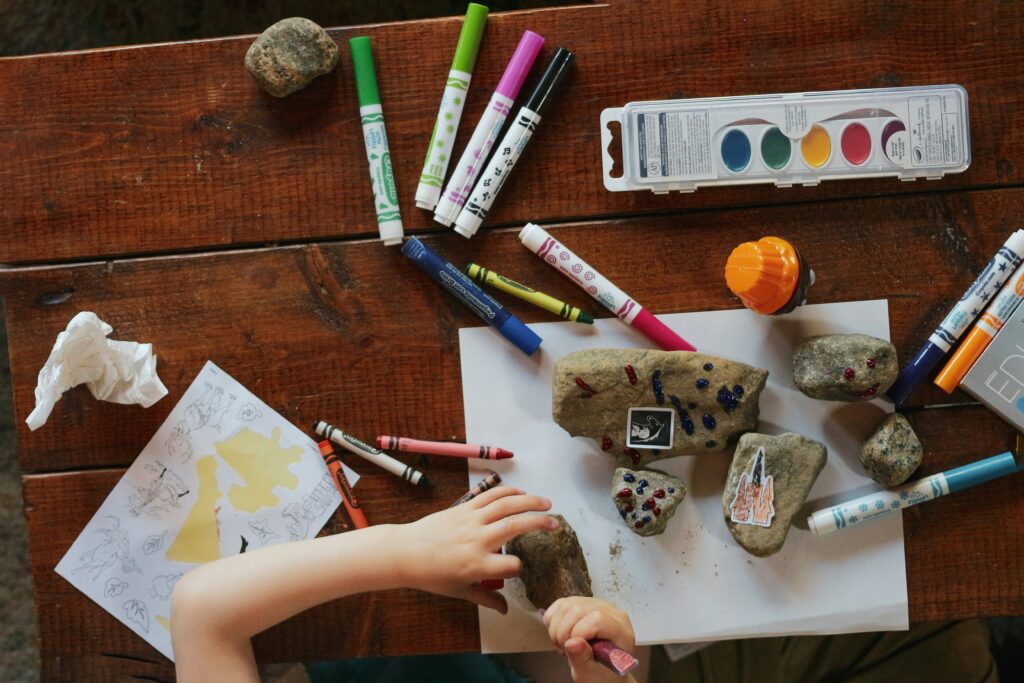
Easy Paper Crafts to Start with Your Toddlers
Starting with simple paper crafts is an excellent way to introduce your toddlers to the world of arts and crafts. Paper crafts are not only cost-effective but also incredibly versatile. The possibilities are endless, from creating colourful paper chains to fashioning handmade greeting cards. These activities will make your child’s day fun and teach them about colours, shapes, and following instructions.
Paper crafts like making masks or building paper animals can spark your toddler’s imagination and storytelling skills. These crafts require minimal setup and materials, making them perfect for impromptu crafting sessions. Encourage your child to pick the colours and contribute ideas, which helps develop their decision-making skills and makes the craft session more engaging and personalised.
Educational Craft Ideas for School Subjects
Incorporating craft activities into learning can make educational concepts more accessible and enjoyable for children. For instance, you can use crafts to explore basic mathematics by creating shape collages or assembling homemade counting kits. These hands-on activities help children visualise and understand abstract concepts in a concrete and fun way.
For a subject like history, consider crafting time capsules or historical dioramas, which offer a creative dive into past civilisations and events. This approach brings historical facts to life and encourages your children to explore their curiosity and develop a love for learning about different eras. Engaging with the material this way can transform seemingly dry subjects into fascinating discoveries at your dining room table.
Efficient Storage Ideas for Kids’ Crafts
After a fun crafting day, figuring out where to store your child’s creations can be challenging. To keep your home organised and tidy, consider creative storage solutions that allow you to display and preserve these artworks. Simple shelving units, attractive boxes, or even a dedicated craft corner can be beautiful ways to keep everything in place.
For the crafts and ideas that can be digitised, scanning, and storing them digitally can save physical space and keep the memories alive. This is where tools that compress PDF files prove handy, allowing you to store numerous craft instructions and templates compactly. This method declutters your space and makes it easier to revisit your favourite crafts without the hassle of sifting through piles of paper.
Turning Old into Educational New
Using recycled materials for crafting is eco-friendly and a fantastic way to teach your children about sustainability and creativity. Start by gathering old magazines, scrap paper, and cardboard boxes that can be transformed into new projects. This activity clears clutter and shows your children how everyday items can be repurposed, reinforcing the importance of reducing waste.
For a hands-on project, you and your children could create a collage using old fabrics and buttons, or build models from plastic bottles and cardboard tubes. This process encourages creativity, as your children think about how to use these materials in novel ways. It’s a practical lesson in resourcefulness, showing them that new isn’t always better and that great things can be made from items already at hand.
Weekend Craft Project
Creating a storybook with your children is a beautiful way to combine arts and crafts with literacy skills. Begin with a simple storyboard where your kids can plot out their story. Give them materials like paper, markers, and stickers to bring their characters and scenes to life. This activity sparks their imagination and improves their narrative skills and understanding of story structure.
Once the story is set, encourage your children to illustrate each page. They can draw, paint, or use photographs to visualise their tale. This helps develop their artistic talents and gives them a sense of ownership over the completed work. Crafting a storybook is a delightful project that results in a personalised item your children can cherish and share with family and friends.
Crafting as a Family: Building Bonds and Skills
Engaging in craft projects as a family is a rewarding way to build stronger relationships while nurturing creativity and teamwork. Start by choosing a project that appeals to all age groups within your family. This could be as simple as building a birdhouse or as elaborate as designing a family mural for a bedroom. The key is to select an activity that requires collaboration, giving everyone a role to play.
By working together, you’ll find that conversations flow and bonds strengthen. These shared moments are precious, allowing you and your children to learn from each other and appreciate each other’s creativity and skills. Crafting together results in tangible creations and memories that enrich your family’s story, making each project more special than the last.
Crafting with your children offers a wonderful blend of learning, creativity, and fun. Each project, whether it involves recycling old materials, crafting a storybook, or simply painting together, fosters valuable skills and offers endless opportunities for educational exploration. These activities help your little ones develop crucial cognitive and motor skills in a playful environment.
Remember the joy of creating something together as you continue exploring new crafts and projects. These crafting sessions are more than just activities; they are cherished moments you and your children will remember fondly. Whether tidying up with innovative storage solutions or laughing over a glue mishap, the memories you create will last a lifetime, enriching your family’s experience with every colourful, creative step you take together.

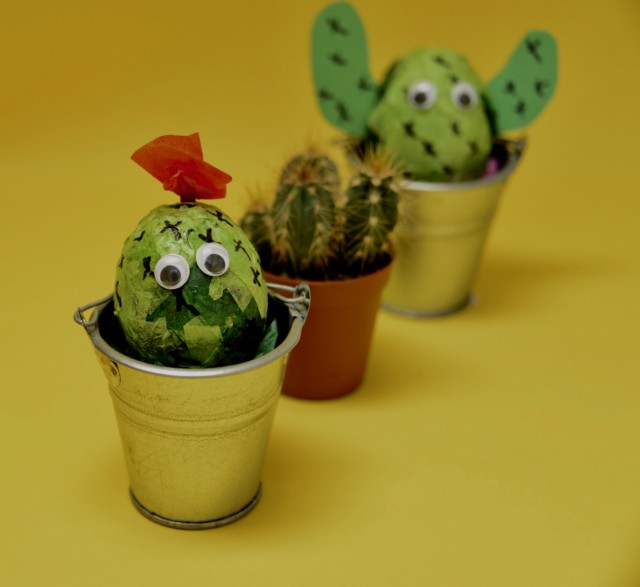
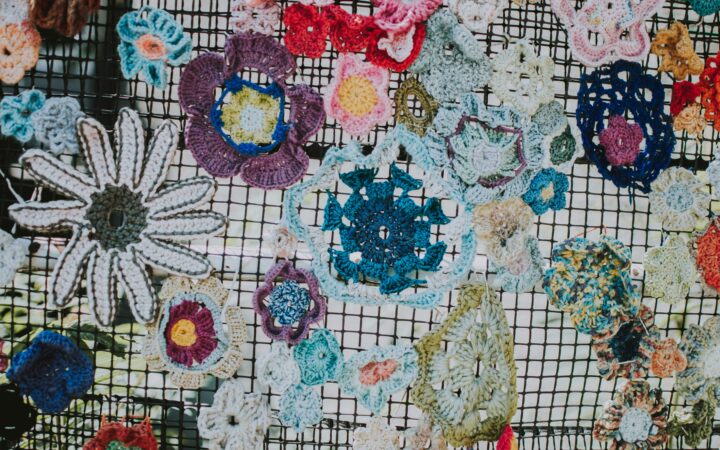
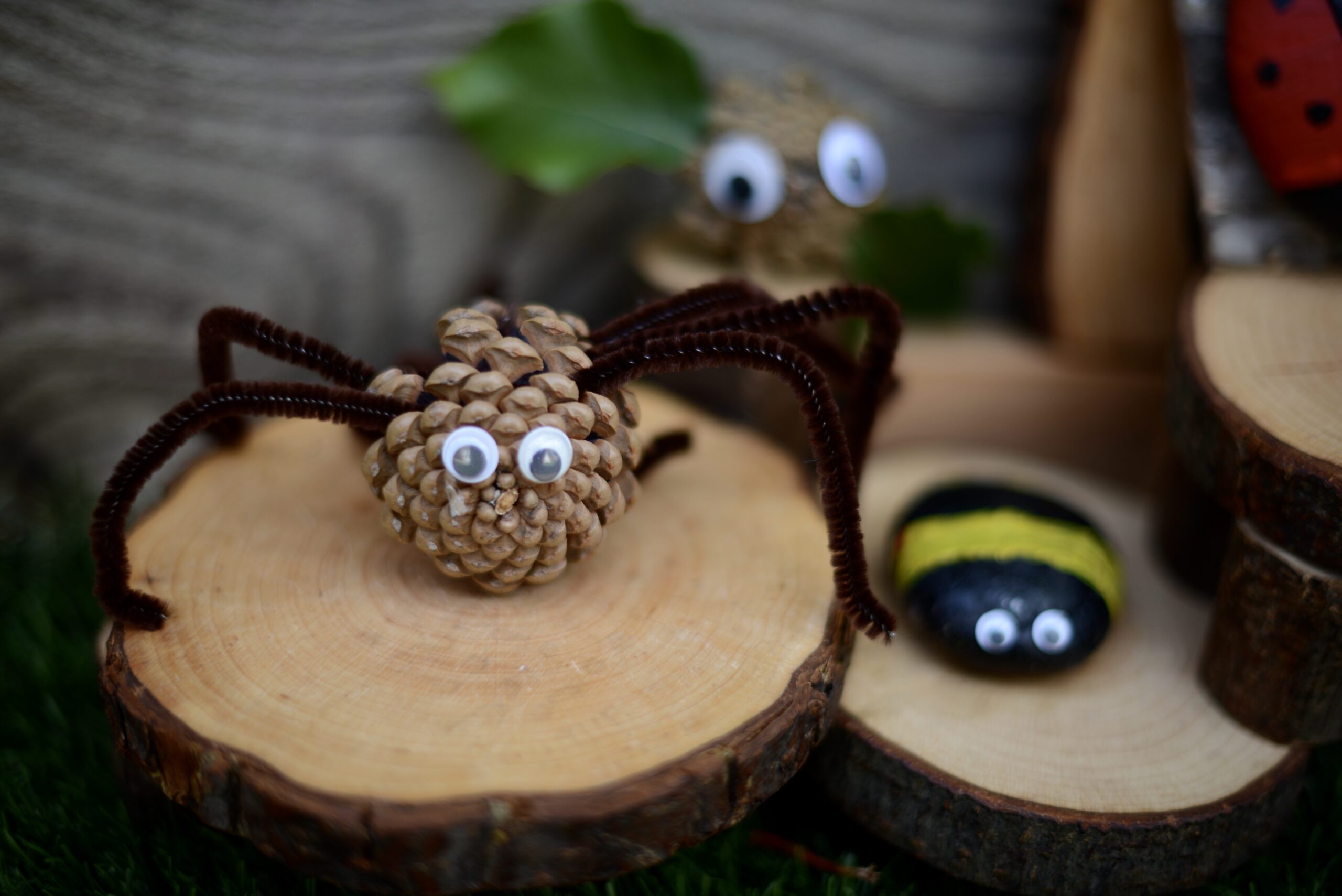
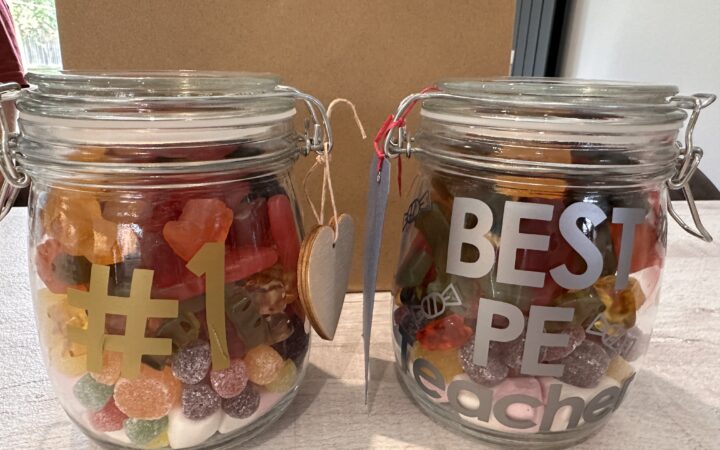

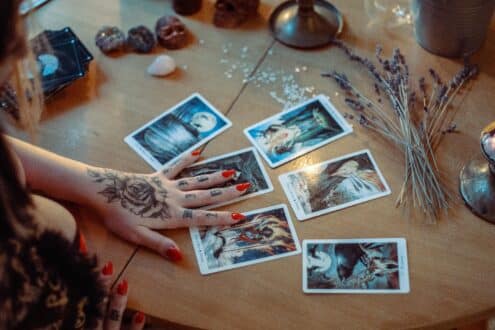
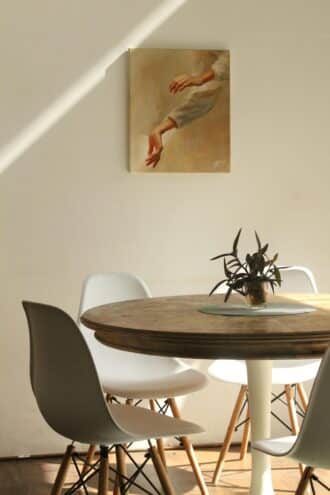


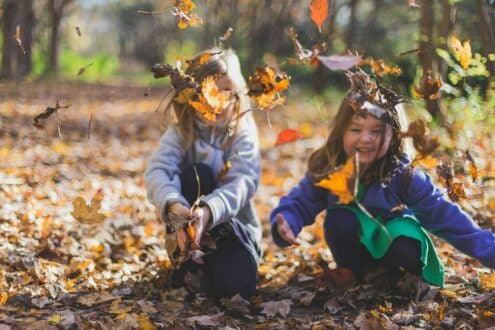
Leave a Reply